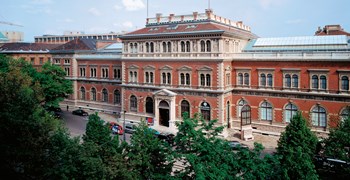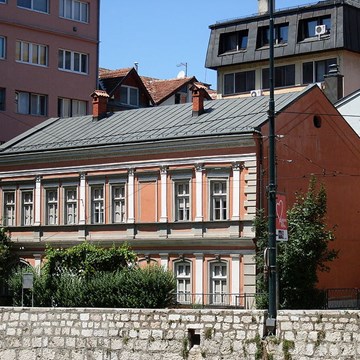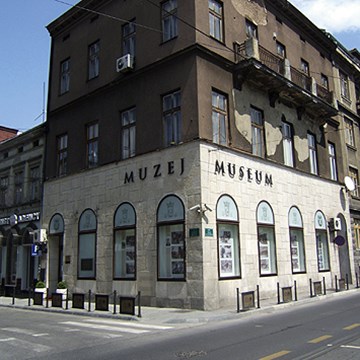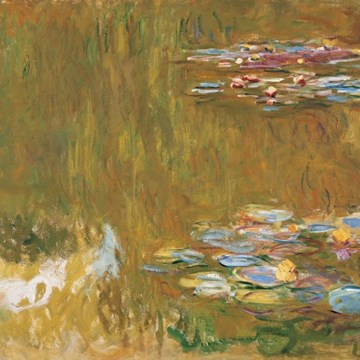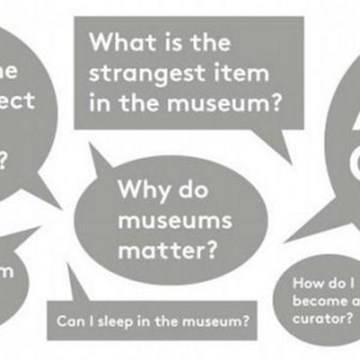Asia Collection
Even though the Asia Department was established only 70 years ago, the MAK (formerly the Imperial and Royal Austrian Museum of Art and Industry) has, since its inception, possessed competency in the field of Asian arts and crafts, since it is and always has been impossible to represent European material history without making reference to works from Asia. By the year 1900, the MAK already owned an impressive collection documenting highlights from Asian cultures. The cornerstone for today’s overwhelmingly dimensioned Asia Collection was laid in 1907 with the takeover of the rich holdings of the former Imperial and Royal Austrian Museum of Trade. It was at that point in time that the extensive Japan Collection of Heinrich Siebold, as well, entered the MAK’s possession (then: Imperial and Royal Austrian Museum of Art and Industry)—he had donated it to the Museum of Trade in 1892.
Chinese porcelain, Japanese lacquer works, Japanese colored woodcuts (ukiyo-e) and Japanese printing stencils (katagami) are the central focuses of today’s Asia Collection.
The most important part of the collection—Chinese and Japanese ceramics and porcelain—contains extremely fine examples from various eras representing the richness of variation in East Asian ceramics from their beginnings onward. The focal point of these holdings corresponds to the golden era of this art form, which began in the 18th century. The most precious works represented in this segment of the collection include an early blue-and-white plate from the Yuan dynasty (1271–1368), tea ceramics from China and Japan, Chinese Kangxi-period porcelain (1666–1722) from the collection of August the Strong, and a porcelain painting showing Mount Fuji by Japanese artist Kawamoto Masukichi (1831–1907), a gift of the Japanese government to the museum following the Vienna World’s Fair of 1873.
The collection of high-quality Japanese lacquer works includes objects from as far back as the early 17th century and is particularly rich in examples from the Meiji period (1868–1912). Among this collection’s most outstanding objects is a fan-shaped lacquer painting by Ikeda Taishin (1829–1903).
The katagami collection of the MAK, at 10,000 objects, is one of the largest such collections worldwide. It provides an impressive overview of the production, coloring techniques and ornamental history of the katagami stencil, which since the 7th century has been regarded by the Japanese as a respected artisan tool for coloring leather, cloth and paper. A full 8,000 of the Japanese stencils collected here were part of Heinrich Siebold’s donation to the Imperial and Royal Austrian Trade Museum, which holdings passed into the ownership of the Austrian Museum for Art and Industry, today’s MAK, in 1907.
At around 4,200 pages, the collection of Japanese colored woodcuts is one of Europe’s major ukiyo-e collections and also one of the larger collection blocks at the MAK. The lion’s share of these works comes from private collections which entered the museum in the most diverse ways, including the collections of Anton Exner, Richard Lieben and Heinrich Siebold. The ukiyo-e collection of the MAK brings together works by around 200 artists from the late 17th to the early 20th century, including icons of Japanese art such as the landscape series 36 Views of Mount Fuji (Japan, ca. 1830) by Katsushika Hokusai (1760–1849) and pages from the series 100 Famous Views of Edo (1857) by Ando Hiroshige (1797–1858), which were of central importance to the development of European modernism.
Based on the hypothesis that Japanese comics—mangas—influence the development of today’s visual culture in a way similar to how ukiyo-e once did, the MAK Asia Collection is currently working on putting together a manga collection with the intent of using exemplary works to document the visual aesthetics of this mass phenomenon.
In the museum presentation of the most outstanding objects of the Asia Collection, the MAK has oriented itself towards the concept of a lapidarium:the Asia section of the MAK Permanent Collection, exhibited in the museum’s basement surrounded by the Study Collection, intends to portray the art objects and their historicity, as well as their often violent removal from their intended homes and uses.
Parts of the MAK Asia Collection are already accessible online.Alongside the collection of Japanese colored woodcuts (ukiyo-e), which has already been completely documented, nearly 500 arts and crafts objects from China, Japan, Korea and Vietnam are listed in the MAK’s collection database MAK Collection online.
Curator: Johannes Wieninger
Exhibitions and events

Carpets Collection
Permanent exhibitionFor the MAK’s 150th anniversary, designer Michael Embacher has given the Permanent Collection Carpets a new spatial concept that integrates an artistic intervention by Turkish artist...

Renaissance - Baroque - Rococo Collection
Permanent exhibitionThe MAK's collection of lace, and its holdings of glassware—especially Venetian glass—are considered among the finest and most varied in the world. Even in the Baroque period, Venetian...
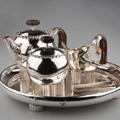
Vienna 1900
Permanent exhibitionVibrant and manifold: VIENNA 1900 in a new light The fascinatingly complex cultural epoch denoted by the term “Vienna 1900” has long been the stuff of legend. And the equally...

Empire Style - Biedermeier Permanent Collection
Permanent exhibitionA heterogeneous mass of consumers arose during the first half of the nineteenth century, something never previously seen in Austrian cultural history. With the effects of the Industrial Revolution...
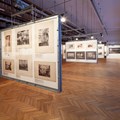
Works on Paper
Permanent exhibitionFrom Dürer to Sagmeister Every year, the MAK Library and Works on Paper Collection curates exhibitions based on its own holdings. In the context of this focus on the library’s various...
Activities from this museum

MAK Design Kids
In two-hour workshops, the MAK Design Kids turn their attention to furniture,...
